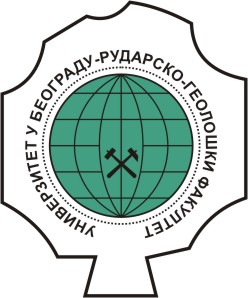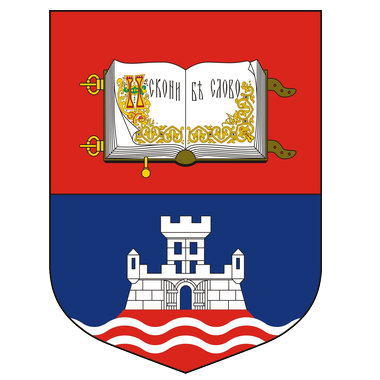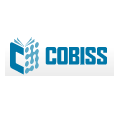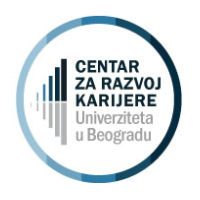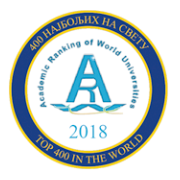Study program:
Surface Mining of Mineral Deposits (IX semester -MsC)
Underground Mining of Mineral Deposits (IX semester -MsC) |
|
Name of subject: Geostatistical modelling of mineral deposits |
Instructors:
Prof. Ranka Stanković, Prof. Dejan Stevanović, Petar Marković |
|
Status: Optional |
|
ECTS: 6 |
|
Prerequisites: - |
Course Objectives:
Introduction to the basic elements of geostatistics analysis and mastering the theoretical and practical aspects of geostatistics methods for estimating the explorated deposit for the development of the geological model of deposits and estimating the exploitation reserves of mineral resources. |
Learning Outcomes:
Students will be able to analyse data and apply geostatistics methods for the development of a geological model of deposits for the mine design and short-term and long-term production planning. |
Content:
Theory teaching
The initial teaching units include terminology, definitions and history of geostatistics, followed by the preparation and analysis of geological data with the creation of a database about deposit. Then, the application and modelling of spatial data, the basis of geostatistical approach and variograms, their descriptive properties and other characteristics, the study of variants and covariants are studied.
The course will also include the basics of calculations with geospatial data, basic geometric algorithms (triangulation and network representation), an overview of interpolation methods used in spatial data processing including buzzing with a view of the factors that influence the weight values of krigging. At the end of the course, different geostatistical methods and techniques of estimation of exploitation ore reserves will be processed in metal, non-metal and coal deposits using specialized software tools. Defining and analysing the parameters of the quality of the ore, the content of the harmful components and determining the cut-off value. Practical teaching
During the exercises run in a computer classroom, students will be able to use specialized geological modeling tools, through case studies, working independently on a computer. The exercises are integrated with the Moodle system and at the end of each time, students set out the tasks of the exercises. Mastering of the course will be demonstrated by students’ seminary papers on concrete problems. |
Suggested Reading List:
- 1. A.G. Journel, C.J. Huijbregts, Mining geostatistics, The Blackburn Press, 2003.
- Andre Journel, P. Kyriakidis, Evaluation of mineral reserves – a simulation approach, Oxford university press, 2004.
- William Xustrulid and Mark Kuchta, Open pit mine planning and design, Taylor&Francis, 2006.
- Richard Webster, Margaret A. Oliver, Geostatistics for Environmental Scientists, 2009.
- Tomislav Hengl: A Practical Guide to Geostatistical Mapping, 2009
|
Conduct of the Course:
Lectures and exercises in the computer laboratory, electronically supported by Moodle system, https://moodle.rgf.bg.ac.rs |
Fund hours:
| Lectures |
Exercises |
Other forms of teaching |
Study research |
| 2 |
2 |
0 |
0 |
|
Assessment:
| Final Exam |
ECTS |
| Oral Exam | 30 |
| Classwork Assessment |
ECTS |
| Class Participationа | 10 | | Practical Classes | 10 | | Written tests | 20 | | Seminars | 30 |
|
|
Additional Assessment Criteria: - |
|
|
